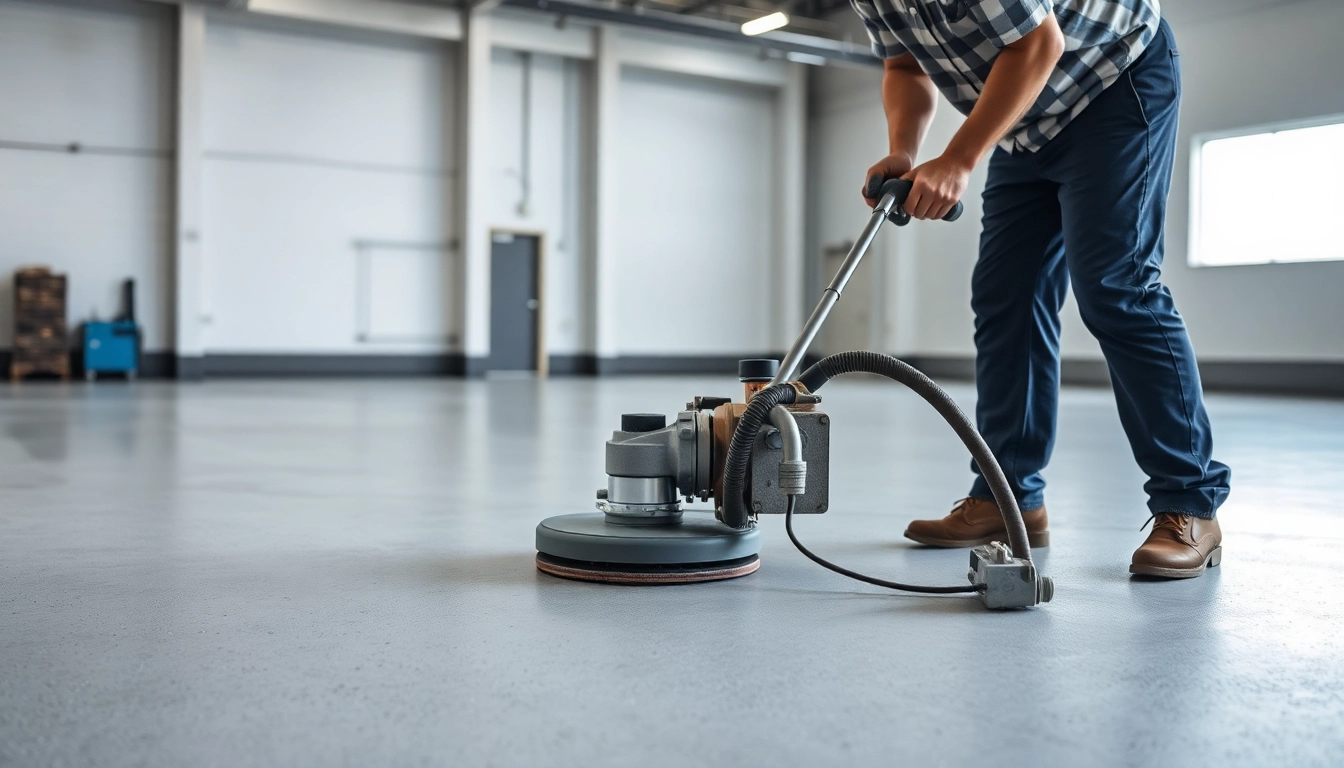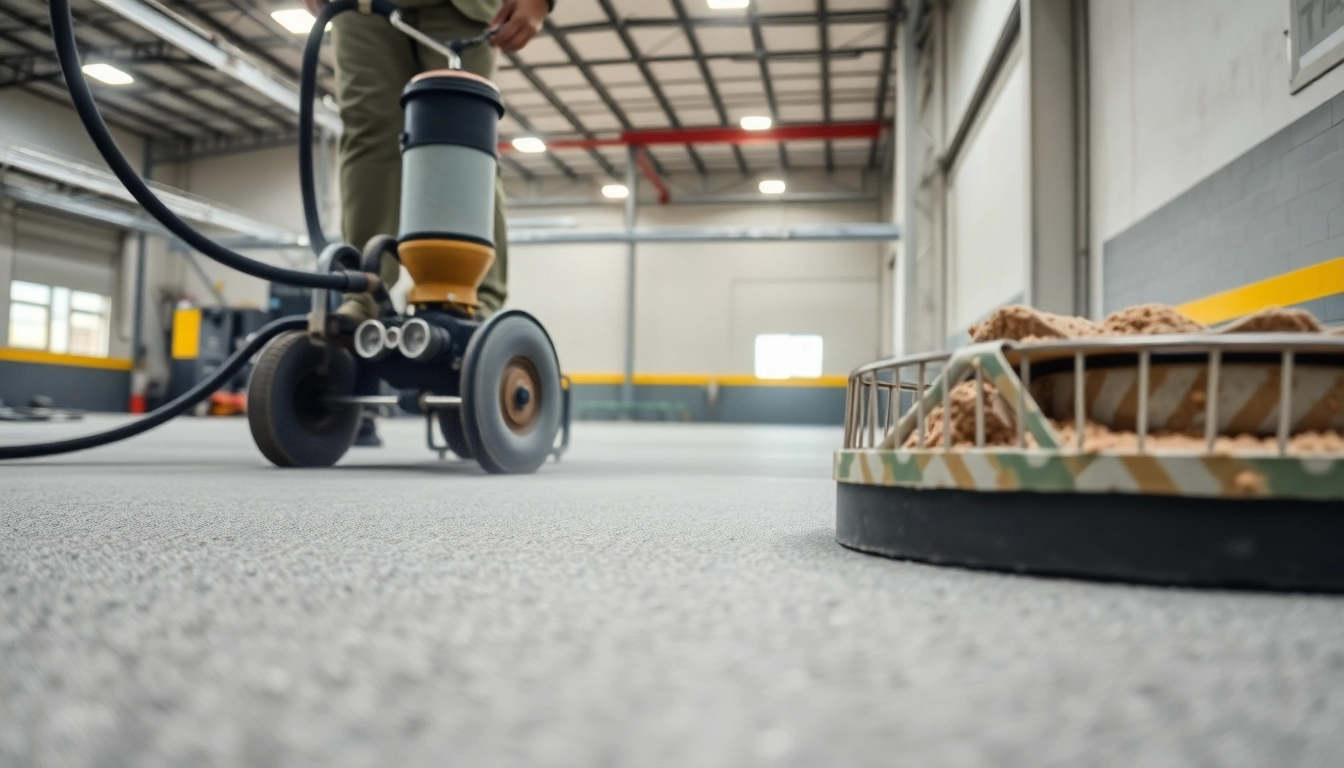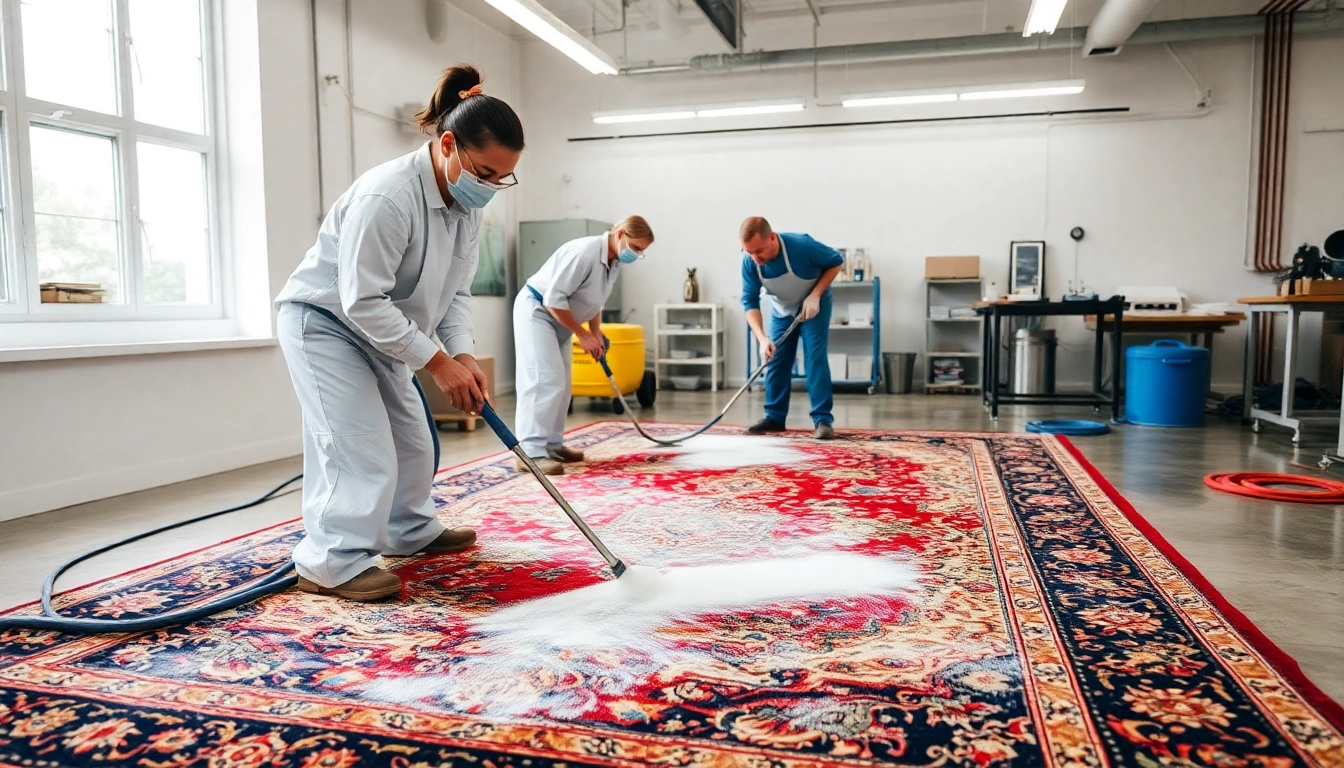Introduction to Floor Preparation in Birmingham
Achieving a flawless, durable, and aesthetically pleasing flooring installation begins long before the first layer of coating or finish is applied. Central to this process is premium floor preparation Birmingham. Properly prepared surfaces ensure that the subsequent flooring layers adhere correctly, resist wear and damage, and deliver long-term value. In Birmingham’s diverse construction landscape—ranging from residential homes to bustling commercial spaces—understanding the nuances of floor preparation is vital for contractors, property owners, and facility managers alike. This comprehensive guide explores the essential aspects of floor preparation in Birmingham, tailored techniques, industry standards, and best practices to guarantee seamless, high-quality flooring outcomes.
Understanding the Importance of Proper Floor Prep
Floor preparation is the cornerstone of all successful flooring projects. It involves meticulous processes designed to create a clean, level, and stable surface that supports various flooring types, including epoxy, vinyl, hardwood, or tiles. Proper preparation minimizes common issues such as uneven surfaces, moisture-related problems, cracking, and bonding failures that can compromise both the final appearance and structural integrity of the floor.
Impaired surfaces—whether due to residual coatings, contaminants, or underlying structural issues—significantly increase the risk of costly repairs or replacements later. In Birmingham’s climate, where humidity fluctuations and concrete substrates can pose unique challenges, diligent floor prep is especially crucial. It saves time, reduces waste, and ultimately ensures the durability and longevity of the finished floor.
Common Challenges in Birmingham Flooring Projects
Birmingham’s construction environment presents several specific challenges that complicate floor preparation. These include:
- Moisture Intrusion: Birmingham’s humid climate can lead to moisture issues in concrete slabs, necessitating moisture testing and vapor mitigation methods.
- Uneven Substrates: Older buildings or uneven land may have slabs or foundations that require extensive levelling.
- Residual Coatings and Contaminants: Existing adhesives, paints, or sealants must be properly removed or neutralized for good adhesion.
- Structural Cracks and Damage: Concrete or subfloor deterioration needs repairs before proper surface preparation can occur.
- Access and Site Constraints: Working in tight spaces or in occupied buildings demands careful planning and specialized equipment.
Addressing these challenges with tailored solutions is essential to prevent future flooring failures and to ensure project efficiency and safety.
Overview of Industry Standards and Regulations
Europe, including the UK, adheres to strict industry standards governing flooring and floor preparation practices. Key standards include:
- BS 8204: A comprehensive British standard for screeds and substrates used in floor construction.
- ISO 14001 & ISO 9001: Environmental and quality management standards that influence flooring projects’ sustainability and reliability.
- Building Regulations and Fire Safety Codes: Ensuring materials and methods meet safety, moisture control, and durability requirements.
Professionals in Birmingham must stay updated with these standards, which promote best practices such as moisture barrier installation, surface flatness tolerances, and material compatibility. Certification from recognized bodies also enhances credibility and ensures compliance with local regulations.
Types of Floor Preparation Techniques
Diamond Grinding and Polishing
Diamond grinding is a top-tier method for leveling concrete slabs, removing adhesives, coatings, and stains. Using diamond-embedded tools, technicians can achieve a precise, smooth, and clean surface suitable for high-performance coatings or direct tile installation. Polishing not only enhances aesthetic appeal but also improves surface durability and slip resistance.
This technique is highly effective for both old and new concrete floors in Birmingham, where uneven surfaces are common. It minimizes dust generation and allows for quick turnaround, making it ideal for commercial refurbishments and industrial facilities.
Concrete Repair and Leveling
Structural imperfections such as cracks, hollows, or spalled areas must be repaired before any decorative layer is applied. Techniques include epoxy injections, concrete overlays, and self-leveling compounds. These methods restore the substrate’s integrity and ensure a flat, stable base.
In Birmingham, where aging infrastructure is prevalent, investing in proper concrete repair reduces the risk of future deterioration and supports sustainable construction practices.
Surface Cleaning and Moisture Testing
An often overlooked but critical step is thorough surface cleaning to remove dust, grease, or other contaminants. Moisture testing—using calcium chloride tests or modern hygrometers—detects excess moisture that could lead to mold, delamination, or efflorescence.
Effective moisture management, including installing vapor barriers and appropriate sealants, is especially necessary in Birmingham’s humid conditions to ensure long-term flooring success.
Choosing the Right Floor Preparation Method
Factors to Consider for Residential Projects
Residential floors often require a balance of durability, safety, and visual appeal. Surface preparation here may involve less aggressive techniques, focusing instead on minimal disturbance combined with effective moisture mitigation. Hardwood refinishing, vinyl plank installation, or ceramic tiles benefit from tailored prep to prevent squeaking, cracking, and moisture issues.
Commercial and Industrial Floor Prep Solutions
Commercial settings demand high-performance, long-lasting, and fast-turnaround solutions. Heavy-duty diamond grinding, chemical etching, or shot blasting are common techniques. These methods can handle large-scale surfaces efficiently and prepare floors for epoxy coatings, resin systems, or vinyl overlays, ensuring safety and regulatory compliance.
Eco-Friendly and Sustainable Options
Environmental considerations are increasingly important. Choices include low-VOC primers, water-based epoxy systems, and resource-efficient grinding methods. Recyclable aggregates or minimal chemical usage in repairs align with green building standards and appeal to eco-conscious clients in Birmingham.
Steps to Ensure a Successful Floor Preparation Process
Initial Inspection and Surface Assessment
Start with a detailed evaluation of the existing substrate, identifying cracks, moisture levels, contamination, and structural integrity. Using tools like moisture meters, laser leveling devices, and superficial inspection, technicians can develop a tailored plan that addresses specific needs.
Preparing the Site and Equipment
Protect surrounding areas with dust barriers, and ensure all equipment—grinders, repair materials, moisture testers—is calibrated and ready. Proper planning minimizes disruptions and ensures safety protocols are in place for personnel and occupants.
Executing the Preparation and Quality Control
Follow a systematic approach: remove existing coatings, repair and fill cracks, level surfaces, clean thoroughly, and test for residual moisture. Conduct incremental inspections during each phase to ensure adherence to standards. Employ moisture barriers when necessary, and document procedures for accountability.
Measuring Success and Maintaining Floors
Performance Metrics and Client Satisfaction
Success is evaluated via adherence to flatness tolerances (usually within 3mm over 2 meters), moisture levels below specified thresholds, and aesthetic quality. Feedback from clients and post-installation inspections help refine processes for future projects.
Post-Installation Care and Long-Term Durability
Proper maintenance—regular cleaning, timely repair of damages, and controlled environmental conditions—extends floor lifespan. Educating clients on appropriate cleaning agents and avoiding excessive moisture exposure is vital, especially in Birmingham’s climate.
Upgrading and Future-Proofing Your Floors
Periodic inspections, protective coatings, and surface upgrades, such as adding sealants or anti-slip treatments, can adapt floors to evolving needs. Planning ahead with durable base layers ensures ease of future renovations or inspections.



